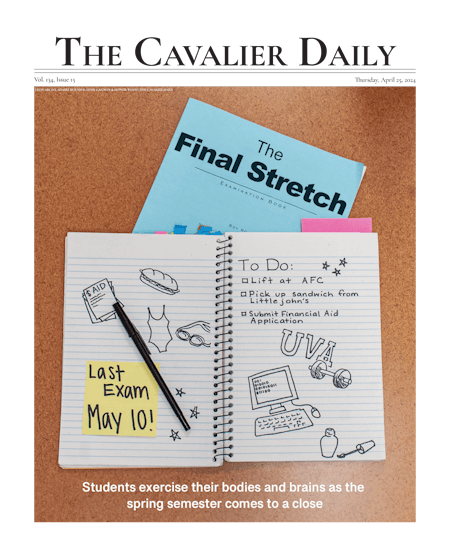The Republican National Convention, which concluded last week in Tampa, directed national conversation to reflect upon the changes the country has undergone in the past four years; similarly, changes at the University affect the experiences of many. From budget freezes to changes in financial aid policies, from growing class sizes to construction around Grounds, the University too has experienced innumerable changes in the last four years.
The 2008 financial crisis, which shook global financial markets, had a significant impact on the University before President Barack Obama even took office. The Capital Campaign, a University fundraising drive to generate $3 billion that was originally expected to have been completed by now, saw giving fall sharply following the crash. Campaign commitments in fiscal year 2008 came in at only $216 million, compared to $309 million in the 2012 financial year, following a slow recovery process.
“The recession of 2008 certainly affected philanthropic giving everywhere, but we’re grateful that giving to U.Va. has remained strong overall and that the trends of the most recent years has been positive,” University spokesperson McGregor McCance said.
Other areas of the University were hurt by the recession as well. The endowment suffered a 21 percent loss in fiscal year 2009, and the faculty are still in the midst of a four-year salary freeze. Salaries are not projected to rise soon either, although University President Teresa Sullivan is expected to present to the Board of Visitors this month a four-year plan to implement raises.
Although a point of contention for faculty members, some say financial difficulties may not
have substantially altered the character of the University.
“There are important ways the University is a better place that have little to do with cash flow,” said History Prof. Paul Halliday, the chair of the Corcoran Department of History. “It remains a remarkable place,”
The Obama administration has similarly addressed the topic of higher education through a financial lens, prioritizing legislation to cap student loans. University students have reaped the rewards from the increase of the cap for the Pell Grant, Scott Miller, the associate director of student financial services, said.
The administration also succeeded in moving student loans from banks directly to schools.
“Now we are able to pour that money directly into the Pell Grant,” Miller said.
Further complicating the financial situation, the University is expected to educate more and more students each year. From the 2010-11 school year to the 2011-12 school year, undergraduate enrollment increased from 14,039 to 14,591.
To accommodate the influx of students on Grounds the University has implemented infrastructural growth in the form of new buildings and renovations. In 2011 alone, the University saw an expansion of 350,000 square feet of new or renovated spaces, including Garrett Hall, Rice Hall and the Physical and Life Sciences Research Building.
Other national political decisions such as the landmark Supreme Court decision to uphold the Patient Protection and Affordable Care Act affected the University and students alike and will continue to have great impact in the coming years.
Dr. James Turner, executive director for the department of Student Health, said the health care bill allowed the University to preserve and enhance the student health care system.
“Health status is so much better [for] college students than their non-college peers,” he said. “We believe a lot of that is that we have really good health services that allow them to live healthier lives with easy access to mental and physical health care.”
The University has always required students to have health insurance, so the Affordable Care Act did not greatly affect the number of students able to receive health services at the University, Turner said.
A slight increase in most students’ health insurance premiums covers these additional preventative services including routine physicals, HPV screenings, mammograms and immunizations.
Turner said the health care bill allowed college health services to continue funding their programs through tuition and fees rather than relying solely on insurance reimbursements.
“That is our lifeblood … it was absolutely critical to preserving student health care as we know it,” he said.





